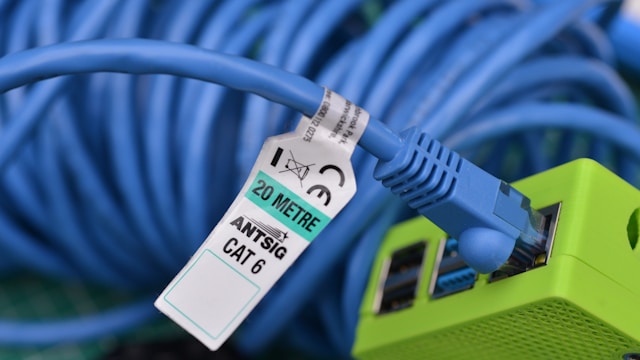Rebates are a common practice in the business world, offering companies an effective way to incentivize purchases, foster loyalty, and increase sales. However, managing rebates can be a complex process for businesses, particularly when dealing with varying conditions, volumes, and payment structures. This guide explores how businesses can effectively handle rebates, from setting up a rebate program to ensuring timely and accurate processing.
Understand the Purpose of Rebates
Before implementing a rebate program, it is important to understand its primary purpose. Rebates serve as a promotional tool designed to encourage customers to purchase specific products or services. They can help increase sales volume, shift inventory, or introduce new products to the market. Rebates may also be used to enhance customer loyalty by rewarding repeat buyers.
There are generally two types of rebates:
- Consumer Rebates: Direct rebates are offered to end-users, usually in the form of cash, checks, or gift cards.
- Trade Rebates: Rebates given to business customers or distributors, typically for bulk purchases or for reaching sales targets.
Set Clear Terms and Conditions
To avoid confusion and disputes, businesses should establish clear terms and conditions for their rebate programs. These terms should outline eligibility requirements, such as minimum purchase thresholds, product-specific rebates, or time-sensitive offers. Businesses should also specify the required documentation for claiming rebates, whether it be proof of purchase, an application form, or certain online verification steps.
Additionally, businesses should define the rebate structure (e.g., a percentage of the purchase, a fixed amount per product) and payment timelines (e.g., rebates issued within 30 days). Transparency is key to ensuring that customers can easily understand how they qualify and what steps they need to take to receive their rebate.
Implement Efficient Tracking Systems
One of the most challenging aspects of managing rebates is tracking them effectively. Companies must implement systems that allow them to monitor rebates from the point of sale to the final payment. This involves tracking customer purchases, validating rebate claims, and ensuring that payments are processed correctly.
Automated rebate management software can streamline the rebate process by integrating with a business’s point-of-sale, inventory management, and customer relationship management (CRM) systems. These tools can automate the submission, approval, and payment of rebates, reducing manual errors and improving operational efficiency.
Communicate With Customers
A successful rebate program depends on clear communication with customers. It is important to inform them about the rebate process at every stage. This includes explaining how to claim rebates, the expected timeline for payment, and any other necessary details.
Businesses can use multiple channels—such as email, website FAQs, or social media—to keep customers updated on the status of their rebate claims. Regular communication can also improve customer satisfaction and reduce confusion.
Verify Claims and Avoid Fraud
One of the most critical steps in handling rebates is verifying claims to ensure they meet the established terms and conditions. Businesses must have processes in place to check for duplicate claims, ensure that required documents are provided, and detect potential fraud.
This verification process can be done manually or through automated systems that flag suspicious activity. For example, if a customer submits multiple rebate claims under different accounts, the system can identify this behavior and prevent fraudulent payments.
Budget for Rebate Expenses
Rebate programs, while effective, can lead to substantial financial commitments. It is essential for businesses to budget accordingly for the cost of rebates, factoring in both direct and indirect expenses. Rebates can reduce profit margins, so businesses must carefully calculate the return on investment (ROI) to ensure that the program is driving the desired sales growth.
Monitor and Adjust the Program
Once a rebate program is in place, it is important to monitor its performance regularly. Collect data on how many rebates are being claimed, the total costs involved, and the impact on sales. By analyzing this information, businesses can make informed decisions about adjusting the rebate offer, extending or shortening its duration, or targeting different customer segments.







